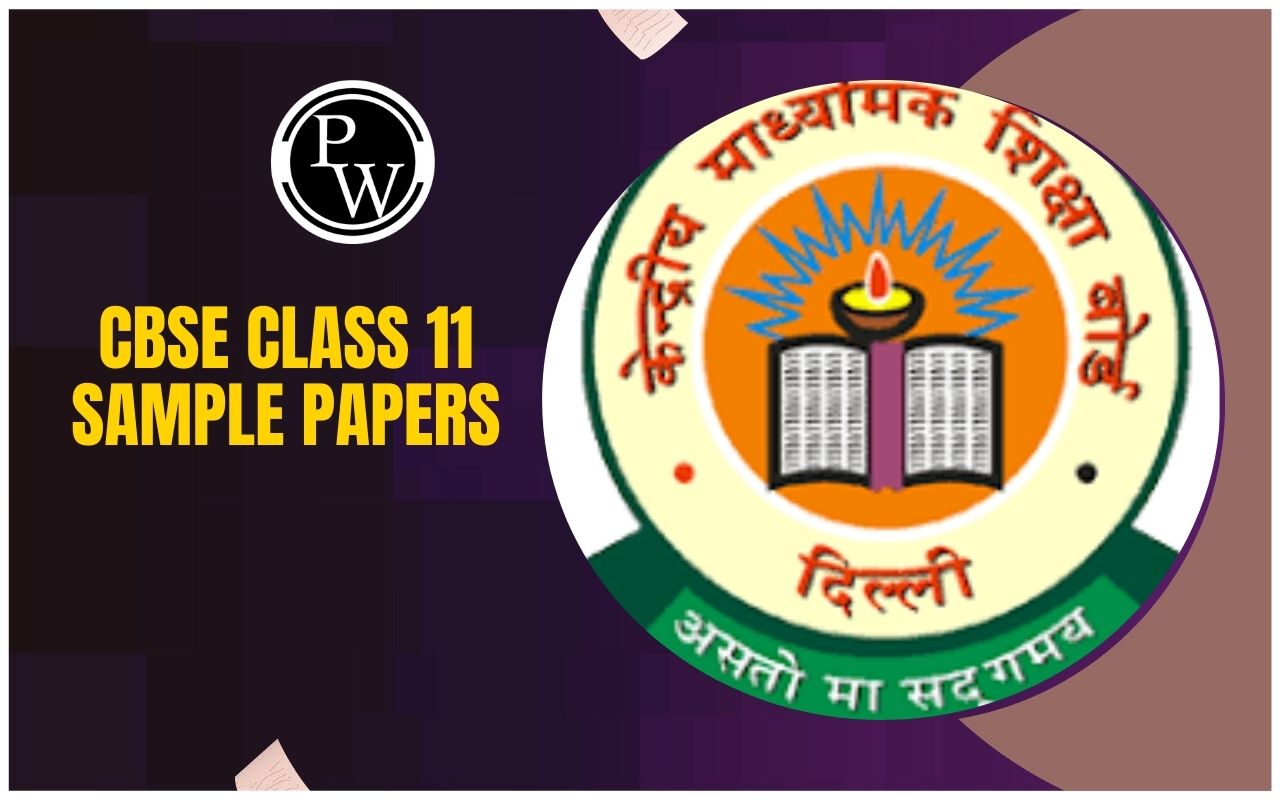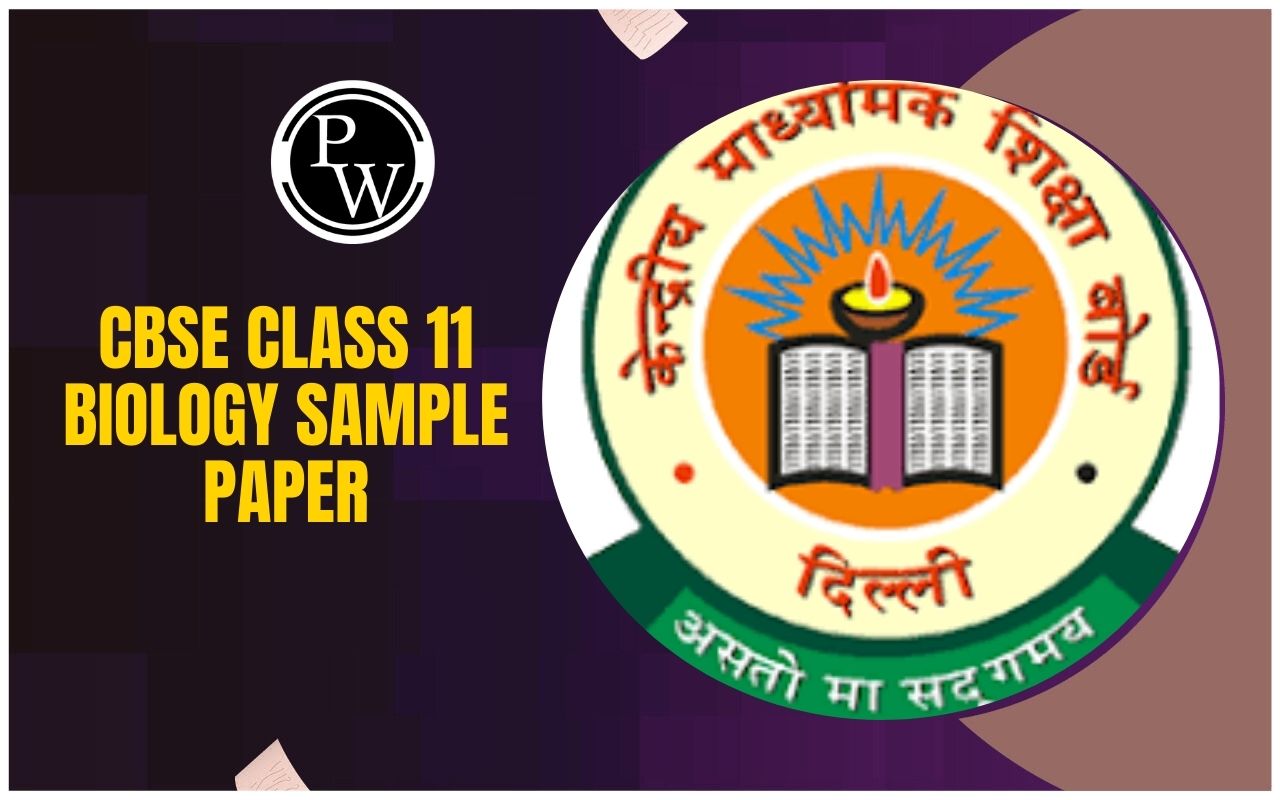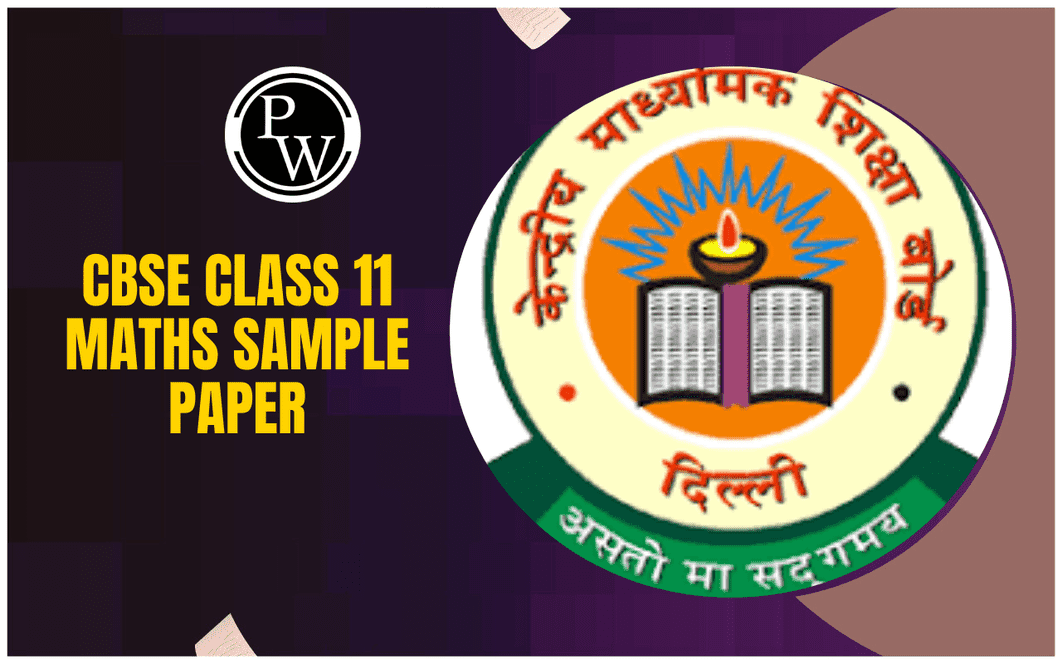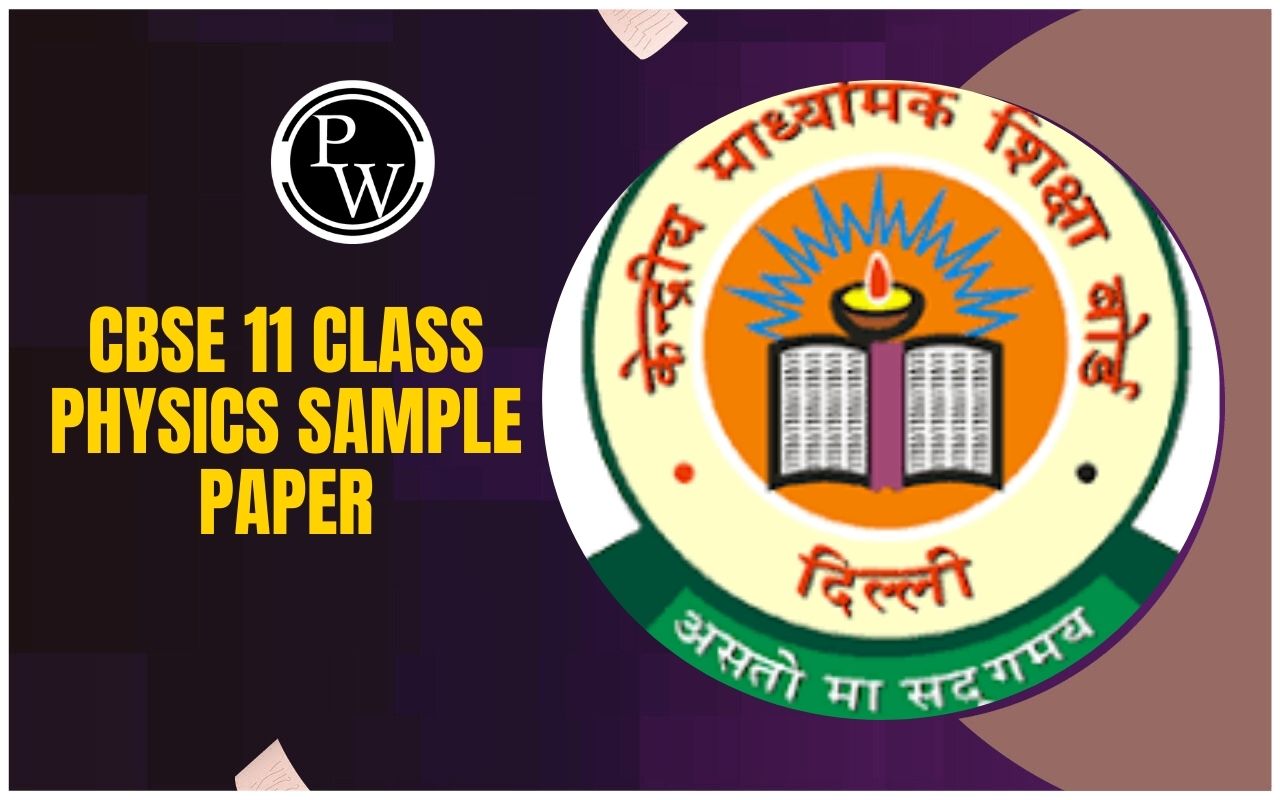
Important Questions for Class 11 Maths Chapter 12: Chapter 12 of Class 11 Maths, Introduction to Three-Dimensional Geometry , lays the foundation for understanding spatial dimensions. The chapter focuses on representing points in three dimensions using coordinates and introduces key concepts like the distance formula, section formula, and finding the coordinates of a centroid.
It emphasizes the relationship between two points and planes in 3D space. Important questions include finding distances between points, dividing line segments in given ratios, and determining the coordinates of a point. Practice on these topics enhances visualization and problem-solving skills, building a strong base for advanced geometry in higher classes.Important Questions for Class 11 Maths Chapter 12 Overview
Chapter 12 of Class 11 Maths, Introduction to Three-Dimensional Geometry, lays the foundation for understanding spatial structures and their properties. It introduces students to 3D coordinate systems, distance formula, section formula, and equations of lines and planes. These concepts are crucial for higher studies in geometry, calculus, and physics. Solving important questions on this chapter enhances spatial visualization skills, strengthens problem-solving abilities, and builds the groundwork for topics like vectors and 3D geometry in Class 12. Mastery of these questions aids in scoring well in exams and boosts conceptual clarity for engineering, architecture, and other competitive exams.Important Questions for Class 11 Maths Chapter 12 PDF
Below, we have provided a comprehensive PDF containing important questions for Class 11 Maths Chapter 12: Introduction to Three Dimensional Geometry. These questions cover essential concepts like the coordinate axes, distance formula, section formula, and direction cosines, helping students grasp the fundamentals effectively. Download the PDF to practice and strengthen your understanding of this chapter for better preparation and improved performance in exams.Important Questions for Class 11 Maths Chapter 12 PDF
Important Questions for Class 11 Maths Chapter 12 Introduction to Three Dimensional Geometry
Below we have provided Important Questions for Class 11 Maths Chapter 12 Introduction to Three Dimensional Geometry -Question 1:
Find the equation of the set of points which are equidistant from the points (1, 2, 3) and (3, 2, –1).
Solution:
Assume that P (x, y, z) be the point that is equidistant from two points A(1, 2, 3) and B(3, 2, –1). Thus, we can say that, PA = PB Take square on both the sides, we get PA 2 = PB 2 It means that, (x-1) 2 + (y-2) 2 +(z-3) 2 = (x-3) 2 +(y-2) 2 +(z+1) 2 ⇒ x 2 – 2x + 1 + y 2 – 4y + 4 + z 2 – 6z + 9 = x 2 – 6x + 9 + y 2 – 4y + 4 + z 2 + 2z + 1 Now, simplify the above equation, we get: ⇒ –2x –4y – 6z + 14 = –6x – 4y + 2z + 14 ⇒ – 2x – 6z + 6x – 2z = 0 ⇒ 4x – 8z = 0 ⇒ x – 2z = 0 Hence, the required equation for the set of points is x – 2z = 0.Question 2:
Given that P (3, 2, –4), Q (5, 4, –6) and R (9, 8, –10) are collinear. Find the ratio in which Q
divides PR.Solution:
Assume that the point Q (5, 4, –6) divides the line segment joining points P (3, 2, –4) and R (9, 8, –10) in the ratio k:1. Therefore, by using the section formula, we can write it as: (5, 4, -6) = [ (k(9)+3)/(k+1), (k(8)+2)/(k+1), (k(-10)-4)/(k+1)] ⇒(9k+3)/(k+1) = 5 Now, bring the L.H.S denominator to the R.H.S and multiply it ⇒9k+3 = 5k+5 Now, simplify the equation to find the value of k. ⇒4k= 2 ⇒k = 2/4 ⇒k=½ Therefore, the value of k is ½. Hence, the point Q divides PR in the ratio of 1:2Question 3:
Prove that the points: (0, 7, 10), (–1, 6, 6) and (–4, 9, 6) are the vertices of a right-angled triangle
Solution:
Let the given points be A = (0, 7, 10), B = (–1, 6, 6), and C = (–4, 9, 6) Now, find the distance between the pointsFinding for AB:
AB = √ [(-1-0) 2 + (6-7) 2 +(6-10) 2 ] AB = √ [(-1) 2 + (-1) 2 +(-4) 2 ] AB = √(1+1+16) AB = √18 AB = 3√2 …. (1)Finding for BC:
BC= √ [(-4+1) 2 + (9-6) 2 +(6-6) 2 ] BC = √ [(-3) 2 + (3) 2 +(-0) 2 ] BC = √(9+9) BC = √18 BC = 3√2 …..(2)Finding for CA:
CA= √ [(0+4) 2 + (7-9) 2 +(10-6) 2 ] CA = √ [(4) 2 + (-2) 2 +(4) 2 ] CA = √(16+4+16) CA = √36 CA = 6 …..(3) Now, by Pythagoras theorem, AC 2 = AB 2 + BC 2 …..(4) Now, substitute (1),(2), and (3) in (4), we get: 6 2 = ( 3√2) 2 + ( 3√2) 2 36 = 18+18 36 = 36 The given points obey the condition of Pythagoras Theorem. Hence, the given points are the vertices of a right-angled triangle.Question 4:
Calculate the perpendicular distance of the point P(6, 7, 8) from the XY – Plane.
(a)8 (b)7 (c)6 (d) None of the aboveSolution:
A correct answer is option (A)Explanation:
Assume that A be the foot of perpendicular drawn from the point P (6, 7, 8) to the XY plane and the distance of this foot A from P is the z-coordinate of P, i.e., 8 units Hence, the correct answer is option (a)Question 5:
If a parallelopiped is formed by planes drawn through the points (2, 3, 5) and (5, 9, 7) parallel to the coordinate planes, then find the length of edges of a parallelopiped and the length of the diagonal
Solution:
Let A = (2, 3, 5), B = (5, 9, 7) To find the length of the edges of a parallelopiped = 5 – 2, 9 – 3, 7 – 5 It means that 3, 6, 2. Now, to find the length of a diagonal = √(3 2 + 6 2 + 2 2 ) = √(9+36+4) = √49 = 7 Therefore, the length of a diagonal of a parallelopiped is 7 units.Benefits of Solving Important Questions for Class 11 Maths Chapter 12
Solving important questions for Class 11 Maths Chapter 12 Introduction to Three-Dimensional Geometry offers several benefits that enhance both conceptual understanding and problem-solving abilities. Here are the key benefits:1. Conceptual Clarity
Working on important questions helps students solidify their understanding of key concepts such as direction cosines, direction ratios, and the distance formula in 3D space. Reinforces the theoretical foundations, including understanding points, lines, and planes in three dimensions.2. Improved Problem-Solving Skills
By solving a variety of questions, students learn different approaches to tackle problems effectively. Encourages logical reasoning and spatial visualization, which are crucial for solving 3D geometry problems.3. Better Exam Preparation
Familiarizes students with the type of questions often asked in exams, such as derivations, calculations, and proofs. Helps identify high-weightage topics, ensuring focused and strategic preparation.4. Time Management
Practicing important questions under timed conditions improves speed and accuracy. Prepares students to manage time efficiently during exams by solving problems faster.5. Application of Formulas
Regular practice ensures a strong grasp of essential formulas like the distance formula, section formula, and equations of lines and planes in 3D. Reduces the chances of making mistakes during applications in exams.Important Questions for Class 11 Maths Chapter 12 FAQs
What are the uses of three-dimensional geometry?
How many planes are in 3D geometry?
What are the fundamental concepts of 3-dimensional geometry?
What are the real life applications of 3D geometry?
How to identify a plane in geometry?










